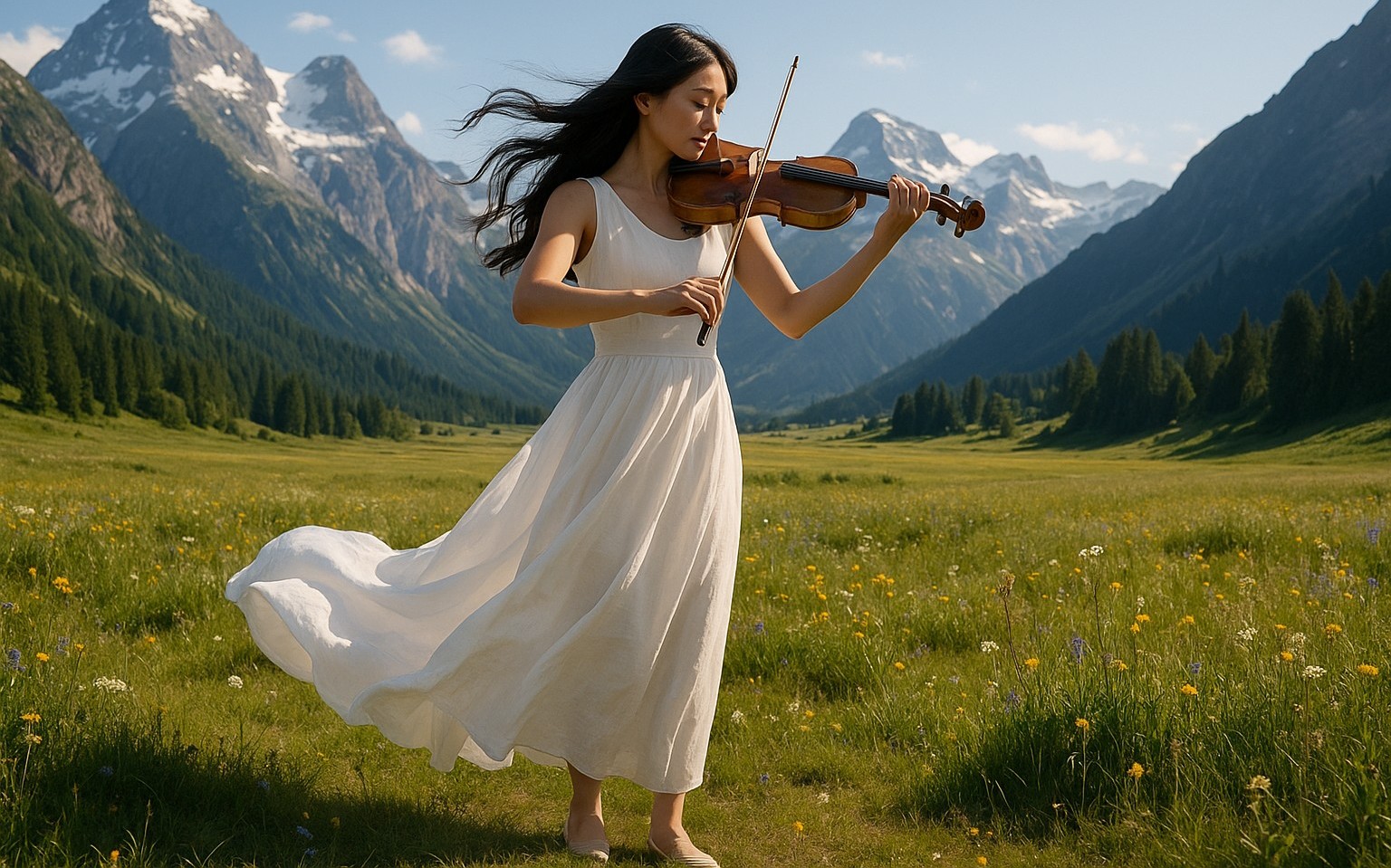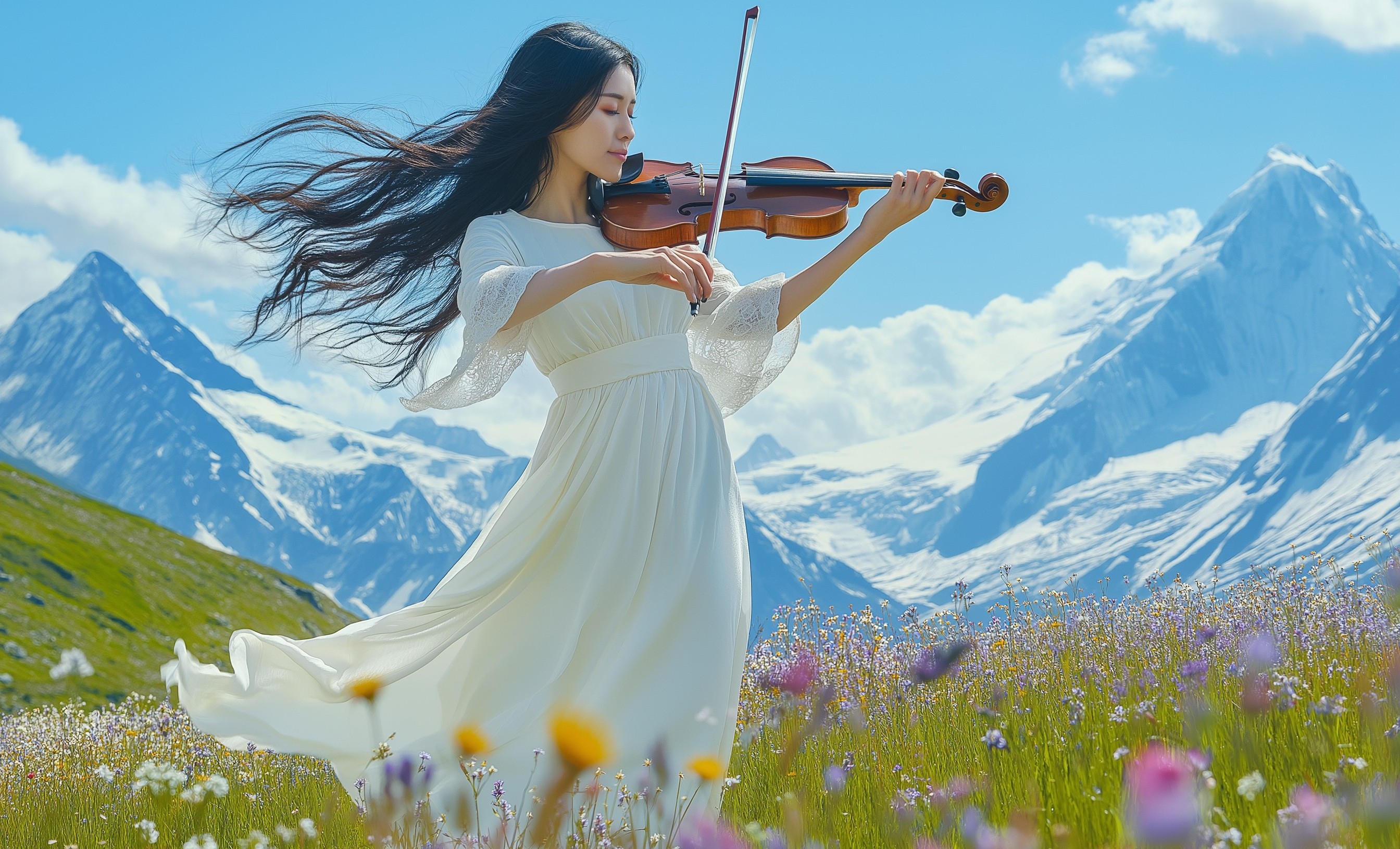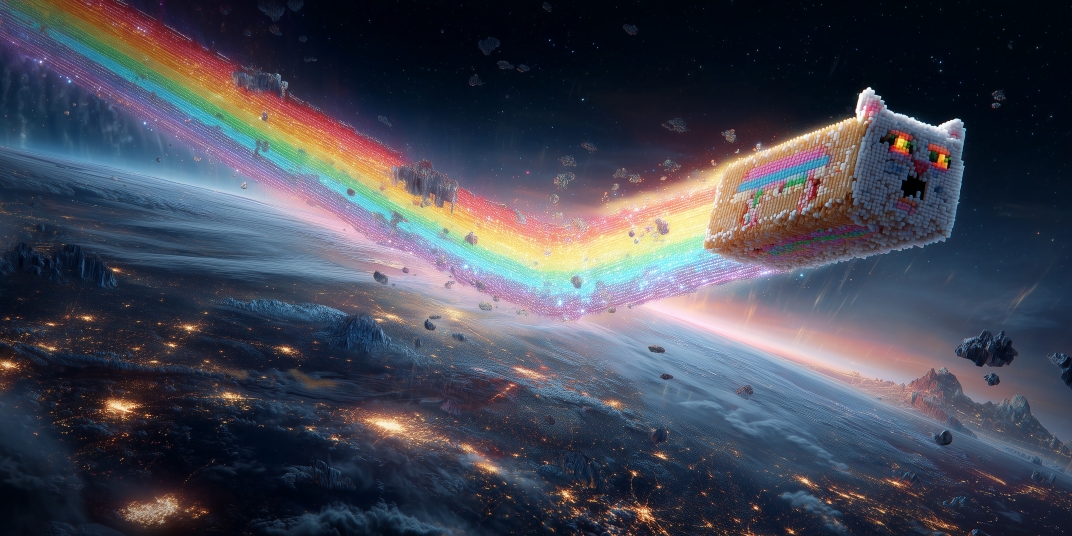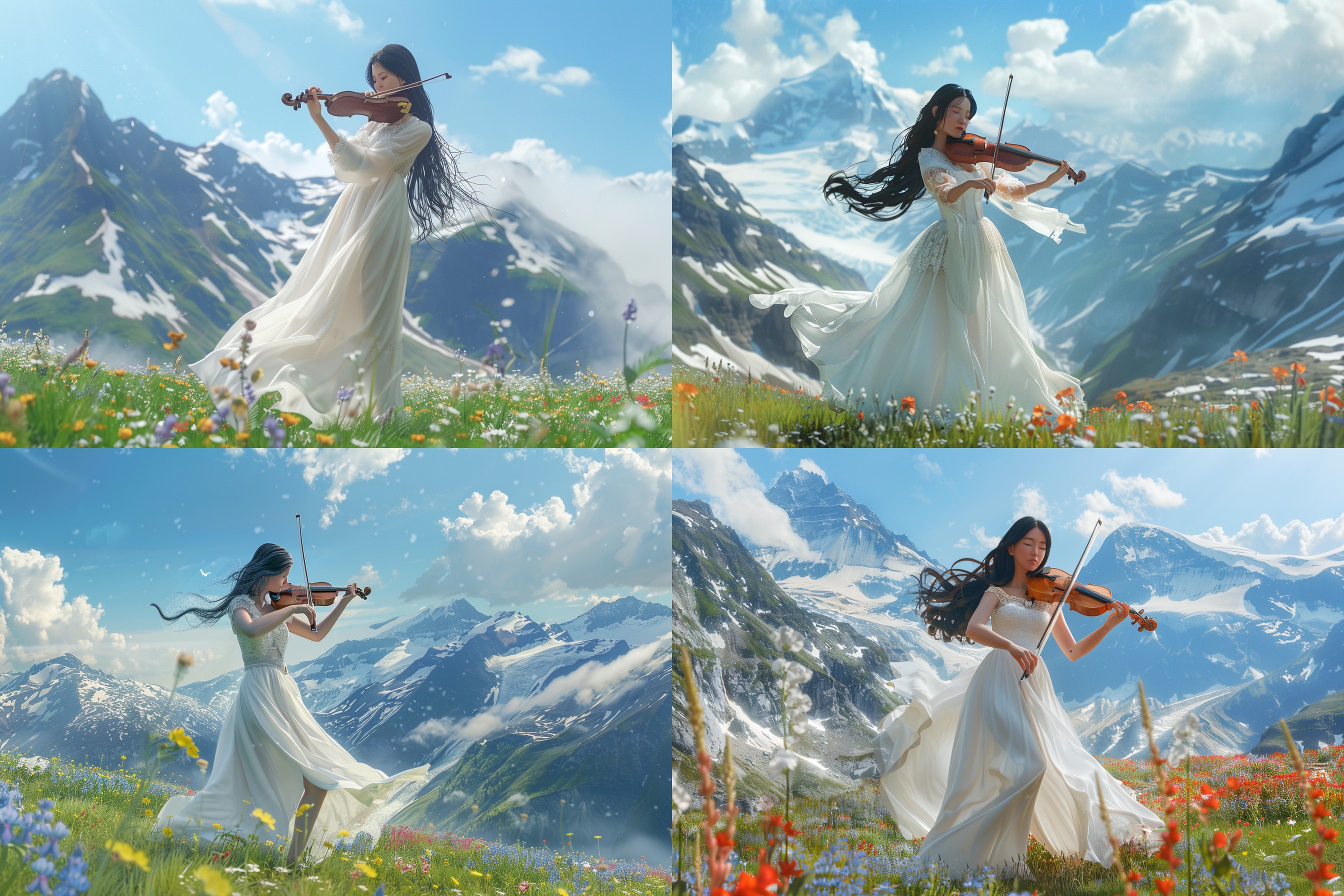AI-generated imagery is making waves in everything from websites to product mockups—but when content looks obviously AI-made, audience engagement tends to drop. So how do we keep visuals authentic and compelling while still leveraging the power of AI?
The most well-known AI image generation tools are Google's Gemini, OpenAI's ChatGPT, and Midjourney, each with their own quirks and strengths. Selecting the right tool is about understanding how each platform aligns with your business's needs, integrates with your operational workflows, and supports your digital strategy.
AI Image Generation Models
To get the technical stuff out of the way, the models that support image generation are: for ChatGPT it is GPT-4o and GPT-4-turbo (with DALL·E integration), for Gemini it is Gemini 2, and for Midjourney it is version 6. It is important to note which model you use because not all models produce images, which can lead to a lot of frustration. Most of the time, you can ask the AI itself if you are having trouble deducing its capabilities, but it is important to learn these checks as AI evolves with more complex choices.
The process itself begins with the prompt and clarity is crucial. The model should be instructed not only on what to generate but how to interpret subtleties: lighting, perspective, subject, context, and style. This is where the term ‘prompt engineering’ comes from. For example, specifying camera types ("shot on Canon 5D, 35mm lens, photorealistic lighting") or aspect ratios ("--ar 2:1") can enhance realism and suitability for specific web or print formats.


Realism Versus Flexibility — Gemini and ChatGPT
For a quick comparison we are going to use a prompt with a human subject, which is usually more difficult for AI to produce in a realistic way:
"a photorealistic image showing the full body of a 30-year-old Japanese woman with long flowing black hair, wearing a long white dress blowing in the breeze, playing a classic wooden violin standing in a majestic mountain valley with snow-capped peaks, lush summer meadows dotted with wildflowers, clear blue sky, warm golden sunlight, cinematic depth of field, serene yet powerful atmosphere --ar 3:2"
As shown above, businesses seeking photorealistic images should gravitated toward models like Gemini and ChatGPT. A single, well-crafted prompt can yield visuals suitable for immediate use on websites, presentations, and marketing materials, as shown above. However the reliance on a single prompt causes a heavy weight on the initial description. If anything needs to be adjusted, you often must regenerate the image from scratch with a revised prompt. Editing capabilities are currently limited to the AI, which can struggle keeping the elements you like and removing the ones you don’t, leading to frustration.

Creative Control — Midjourney
Alas, Midjourney is the solution that provides creative control. Midjourney excels at interpreting artistic direction and enabling iterative, region-specific edits, with a brush style photo selection tool. Although I find Midjourney’s realistic images to have hints of AI, it far surpasses ChatGPT and Gemini on abstract creative elements.
Midjourney's editing granularity comes with trade-offs, though. While it offers superior creative flexibility, its learning curve is steeper; the interface and prompt syntax are less accessible to non-technical users. Realism, though achievable, often requires more deliberate prompt refinement and post-processing. Midjourney's outputs may also be perceived as more stylized—an asset for brands seeking distinctiveness, but a potential drawback for those prioritizing photographic accuracy. Integration is another consideration, as APIs and automation tools typically demand greater technical investment.

Prompting Tips for Generating Realistic AI Images
- Define Your Aspect Ratio: Specify the required aspect ratio using the model's syntax ("--ar 3:4").
- Leverage General AI Tools for Prompt Creation: If your team is unfamiliar with prompt engineering, use general AI platforms to draft and refine your image prompts before inputting them into your chosen tool.
- Upload a photo: The image generation tools also accept example photo’s so you can use other photos you have to guide the AI when the prompt is especially complicated.
- Use Dynamic Language: provide camera angles, lighting, time of day, motion, and wind direction into your prompts with words that emphasis your setting (i.e., tempest wind vs blowing wind).
AI tools can easily create issue and wasted time rather than saving it. I hope this information helps cut through the hype of AI and delivers real results. If you need help implementing AI tools for your business feel free to reach out to Virtio, info@virtio.ca. Thanks for reading!
